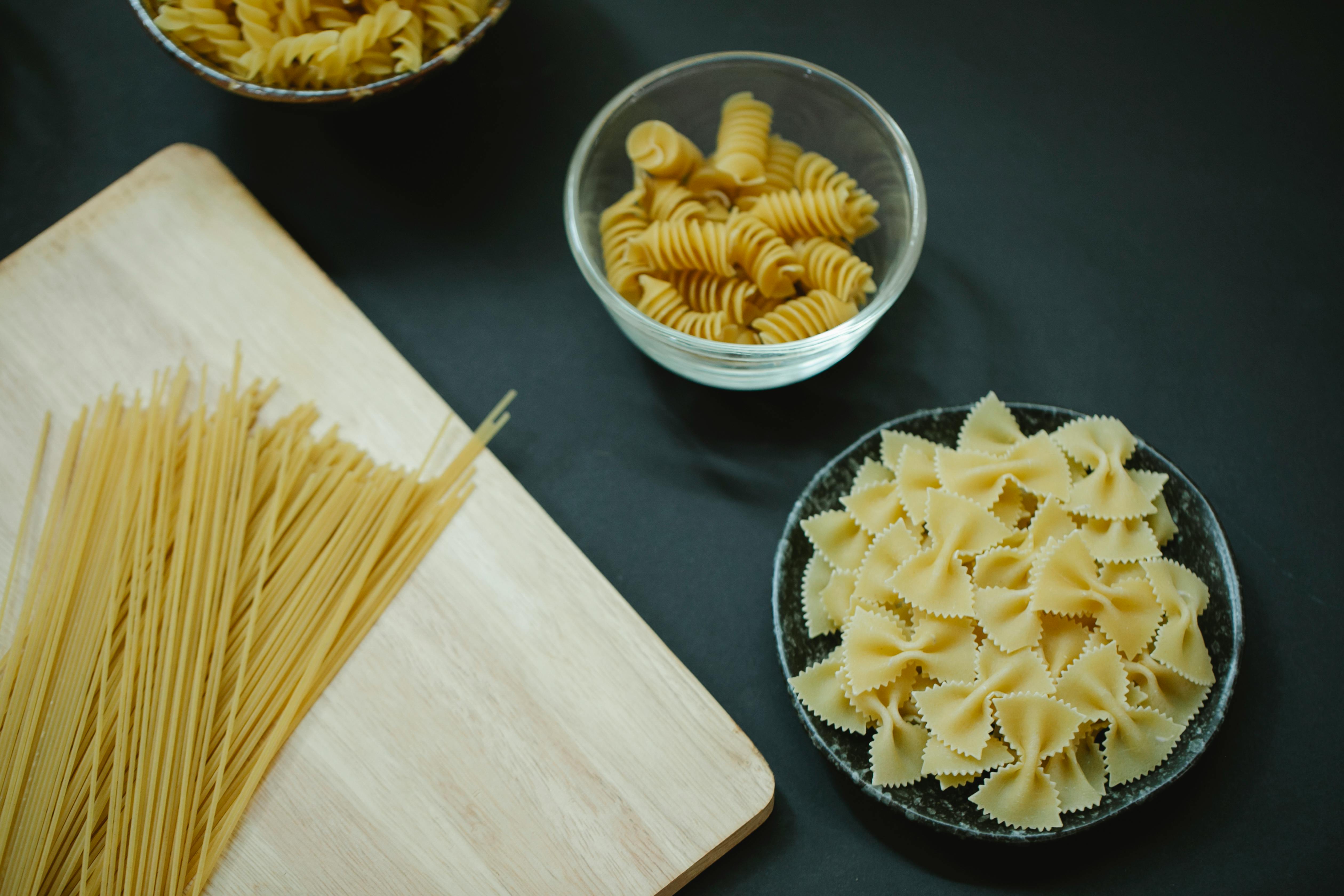Granite countertops should be sealed for the ultimate in home decor care and protection. While it may not be necessary, it is something you may want to do to ensure the protection, appearance, and appeal of your granite countertops. The reason some people choose not to seal their granite countertops is because the granite itself is resistant to moisture. But sealing it helps further protect countertops from spills, as well as dirt, scuffs, or other marks or dents.
Tests to determine if it’s time
Countertop sealing should be done once a year, but maybe more, at least in some places that get more wear. Therefore, in areas that are more exposed to cooking oils, wines, or other harmful or staining substances, you may want to seal your granite countertops more often. It will prolong the life and appearance of your investment. To see if it’s time to reseal your countertop, try the water test. By pouring just a few drops you will be able to detect if you need to seal it soon. If the water leaks, it can wait, but if not, it’s time to reseal the countertops.
Another method you can try is the paper towel method. Moisten or soak a white paper towel or cotton rag and let it sit on the counter for about five minutes. Then check the condition of the countertop afterwards. If it’s discolored or dark where the damp cloth was, it’s time to reseal. Also, monitor your granite to see if it begins to absorb liquids instead of repelling them.
Steps to seal granite countertops
The first thing you’ll want to do is give your granite countertops a thorough cleaning. Find a cleaner that is specific for this type of countertop, and be sure to let the granite dry completely long enough. The sealer you want should be designed for granite and should be resistant to water and oil-based stains.
Then follow the instructions that come with the product. Generally, working in small sections works best. You’ll also want to allow enough time for it to dry before putting anything on the countertops or using them again. Also, make sure you have plenty of ventilation and air circulation while you’re working on this and while you’re waiting for the granite sealer to dry.
It is usually up to you whether you use a cloth, rag or brush to do the application. It usually takes about 30 minutes or less for granite to absorb the sealer. Read the directions for your individual product to see if a second coat is recommended or required. If so, granite countertops typically take about two hours to dry enough to apply a second coat.
Keep in mind that this is a project that you can do yourself or hire a professional to do it for you. The level of difficulty is not high, but it depends on how comfortable you feel doing it. Either way, sealing granite countertops will revive the look and protection they need.
